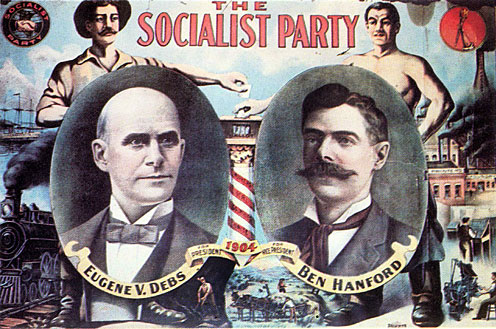Theory of Socialism
John D. Rockefeller, Andrew Carnegie, and Cornelius Vanderbilt were the wealthiest Americans of their time. When their wealth is adjusted for inflation, they remain in the top five today. Most of the wealth of America in the late 1800s was held by less than 10 percent of Americans. Factory owners were wealthy and some lived extremely luxurious lifestyles. Their workers, however, were poor and saw economic competition as creating the great economic gap that existed between the rich and the poor.
Socialism is a theory that is the antithesis of capitalism. The economic principle behind socialism is a command economy where the government controls production, as opposed to our capitalistic economy where the markets control production. German philosopher Karl Marx outlined the theory in his Communist Manifesto, written in 1848.
The United States of America is rooted in individual liberty and the individual’s right to pursue happiness through free enterprise and ownership of private property. Most Americans in the late 1800s opposed socialism. The rich saw it as a threat to their personal wealth and lifestyles, but as the economic gap between the rich and the poor grew, some workers were drawn to the controversial economic theory. Many of those who supported the theory wanted government control of key industries like the railroad. A Socialist Party was organized in the late 1800s to run candidates against the Democrat and Republican Party candidates in state and federal elections. Though the Socialists never gained control of the federal government, they motivated workers to make demands of their employers.
